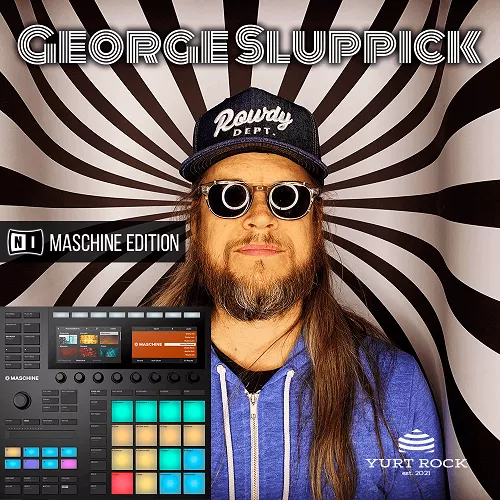![Rhythmic Robot Audio SpaceMan [KONTAKT]](https://vstorrent.info/wp-content/uploads/2023/02/Rhythmic-Robot-Audio-SpaceMan-KONTAKT.webp)
Rhythmic Robot Audio SpaceMan [KONTAKT]
Quirky Spring Reverb-based sound design machine
Spring reverb tanks have helped add a shimmery wash of shiny metallic ambience to electric and electronic sounds ever since someone had the genius idea of bolting a little tin spring inside a guitar amp and running the signal through it. Since that day, spring reverbs haven’t really evolved all that much – the biggest development in sophistication seems to have been, ‘Add more springs!’ – and their unnatural sound, slightly harsh overtones and tendency to go SPOING-OING-oing-oing-oing-oing when accidentally bumped soon made them the poor man’s choice when compared to plate reverbs, echo chambers and, eventually, digital machines from the likes of Lexicon.
Still, the sound of the spring reverb is indelibly grafted into our musical race-memory; it’s played an integral part in defining the guitar sounds of many a legendary rocker; and it’s found its way onto countless synth and keyboard tracks too, courtesy of that same reverb-in-an-amp route.
Nowadays, spring reverbs are a bit of a niche product. But we have a kind of indefensible soft spot for them. And our absolute top-notch fave has to be the Ekdahl Moisturizer – a spring reverb built to be abused, with its three springs all exposed so you can get at them, plus a multi-mode filter and LFO built right in. This thing isn’t designed to add tasteful hints of reverb to your tracks… it’s built for sound design and sonic mayhem, and it forms the core of SpaceMan.
SpaceMan is what would happen if you built a synthesiser out of springs. Seriously. Imagine if every note of your synth, instead of triggering an electronic oscillator, started oscillating a spring to a set pitch: that’s the core of SpaceMan. We used the same E-Bow guitar techniques we incorporated in Uproar only this time we used them in conjunction with the Moisturizer’s inbuilt filter to generate some erratic, wobbly, springy core waves. With around a minute’s worth of sampling per note, and randomised start points, these waves are wonderfully unpredictable and you dial them up using the Spring Tank Oscillation Level knob. The basic sound is of course heavily reverberant, metallic, uneven and, er, springy.
Then we turned to the Dark Side for a bit, using brushes, bows, fingernails, screwdrivers, rack bolts and cable ends to touch, jiggle, scrape and otherwise interfere with the three springs, while adjusting the filter to taste. This cruelty has also been looped and randomised and can be dialled up in three different flavours of Contamination: Type 1 involves scrapes, brushes and sustained contact sounds; Type 2 covers taps, touches and momentary contact sounds; Type 3 explores breath sounds, feedback and tonal components. These can be engaged individually or in combination, and have their own level control.
Then there are some further synth-style elements ready to be roped in: Scale Noise from the lovely Korg 770 (we said we’d be using this a lot, remember?); a one-knob Harmonics generator which adds progressive amounts of harmonic-series overtones; a Sub-osc sine wave to beef up the sound; and a comprehensive set of Filter circuits including both a High-Pass filter and a Multi-mode resonant filter with two strengths of low-pass mode and one band-pass. Tie this to its dedicated LFO and you can get wonderful swoopy, swooshy drifts through the sound spectrum.
Separate Contact and Mute controls determine how much (if any) initial contact sound and note-off damping are heard; they simulate ‘playing’ the springs by tapping them and then stopping them manually. And rounding things off we have full Envelope control and the ever-popular Glitch Control to generate musically-intelligent random patches with a single mouse click. See how easy we made it? 😀
SpaceMan is intended for left-field atmospheric sound design, strange warbling rushes of reverberant noise, unique background textures, and synthesis with a very unusual sonic fingerprint. It sounds superb layered with conventional synths to add weirdness and complexity to staple sound; equally, it can bring colour and movement to a whole range of musical genres, including EDM, trance, soundtrack and ambient. Open the pod bay doors, HAL!
(All our Kontakt instruments require a full copy of Native Instruments Kontakt v4.2.3 or higher (including all versions of Kontakt 5). Kontakt Player is not supported.
Download link

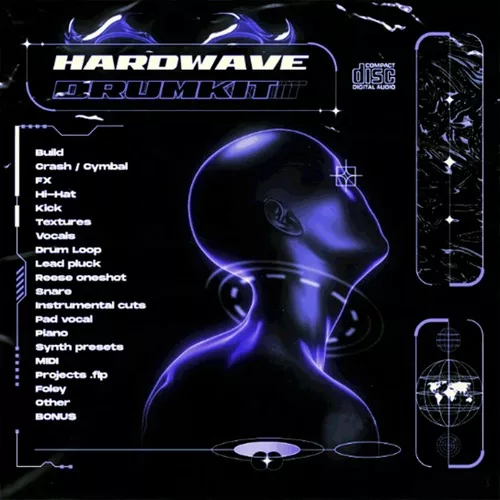
![Loneliness Shop Premium Sample Pack 3 [WAV MIDI FXP]](https://vstorrent.info/wp-content/uploads/2023/02/Loneliness-Shop-Premium-Sample-Pack-3-WAV-MIDI-FXP-1.webp)
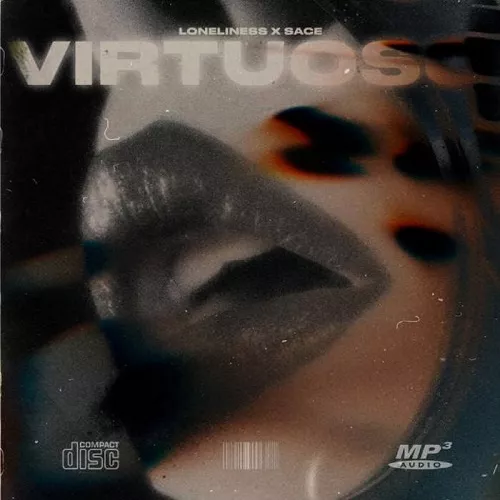
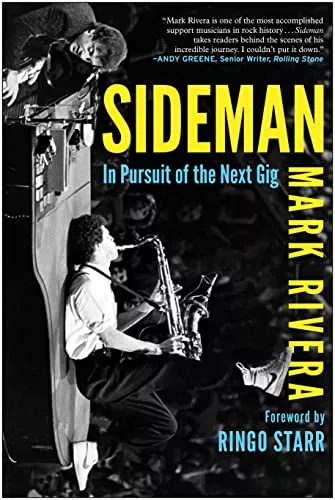
![soundMajorz Black Friday Bank (Bundle) [WAV Omnisphere Presets]](https://vstorrent.info/wp-content/uploads/2023/02/soundMajorz-Black-Friday-Bank-Bundle-WAV-Omnisphere-Presets-1.webp)
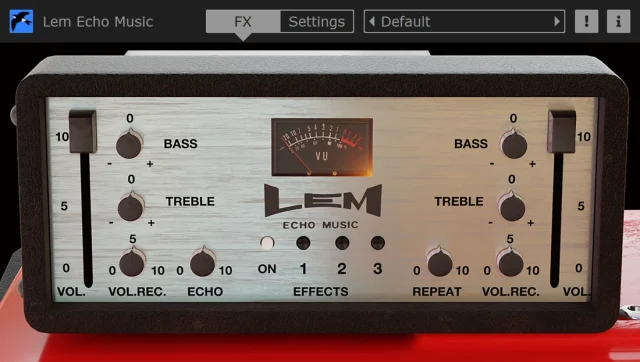
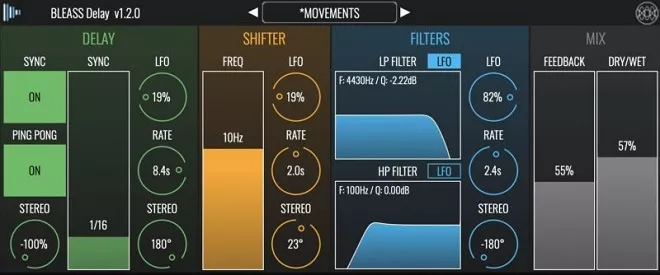
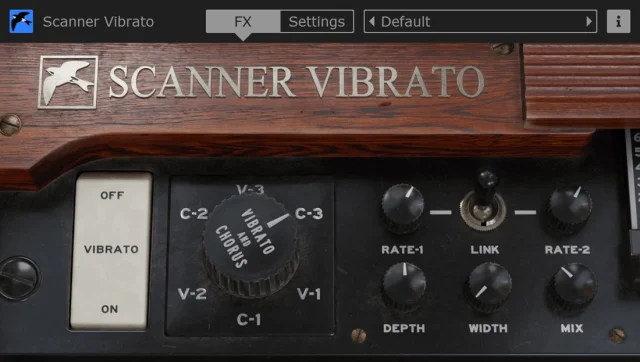
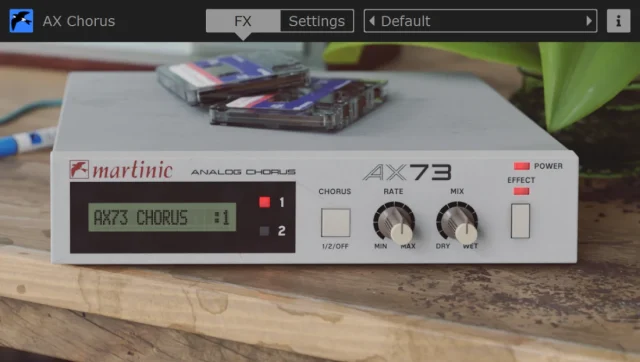
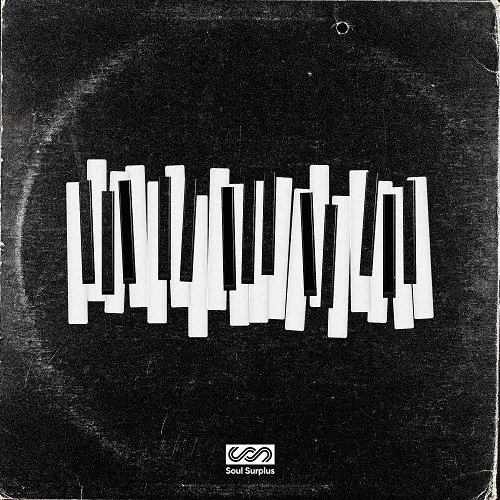
![Dancehall International [WAV Beatmaker Presets]](https://vstorrent.info/wp-content/uploads/2023/02/Dancehall-International-WAV-Beatmaker-Presets.webp)
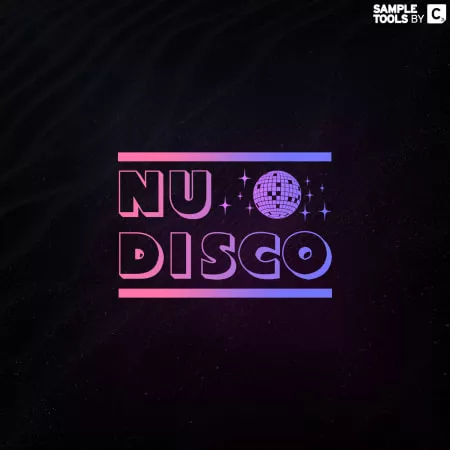
![ShamanStems Goth Patches (Serum Presets) [FXP]](https://vstorrent.info/wp-content/uploads/2023/02/ShamanStems-Goth-Patches-Serum-Presets-FXP.webp)
![Rhythmic Robot Audio SpaceMan [KONTAKT]](https://vstorrent.info/wp-content/uploads/2023/02/Rhythmic-Robot-Audio-SpaceMan-KONTAKT.webp)
